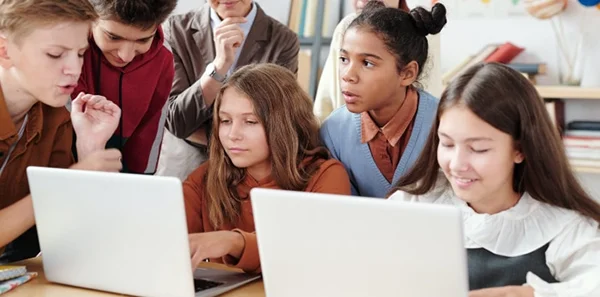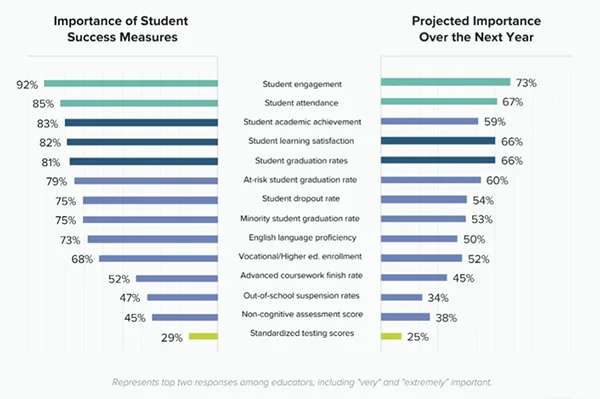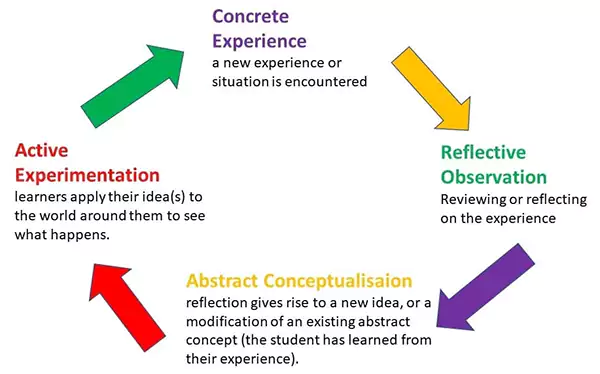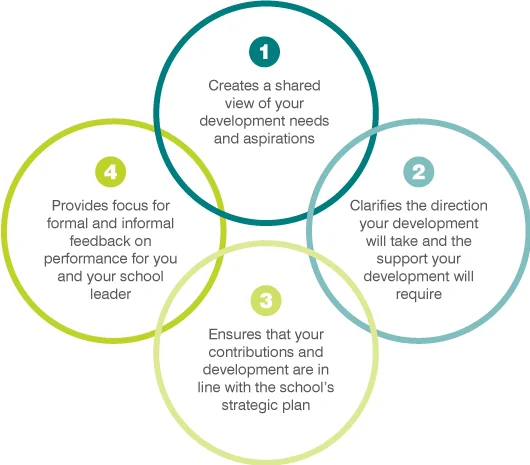
Starting with, learner engagement is the cornerstone of a successful academic experience. As a teacher, your duties often extend beyond a classroom, as teaching isn’t just disseminating information to your pupils.

Nurturing them, and being a confidante to them in times of distress is your primary role as an educator.
But apart from that, the biggest challenge you’ll face is learner engagement in the education setting. Ensuring that they are actively listening and absorbing knowledge is no easy task.
Maintaining discipline and harmony is a minor hiccup, but finding ways to engage them is the biggest obstacle of all.
However, several engagement strategies can assist you overcome this. In this article, we shall discuss some ways to increase participation by employing unique solutions including acknowledging interests, mixing teaching styles, games, problem-solving, and so on.
Strategies for Improving Classroom Engagement:
Focus on Student Interests
When your kids are invested in their acquisition of knowledge, there is more likelihood of them giving attention to the place of learning. Try to incorporate student interests into their lessons and educational activities.
Conduct ice-breaking sessions and make pupils write personal essays about their passions and goals to understand them as individuals, and make their studies more meaningful. This is what Verso International School aims to achieve through personalized engagement and meaningful academic experiences.
Mix up Your Teaching Styles
To ensure learner involvement in the school setting, try to move from a teacher-centered academic experience to a student-centered active learning experience, and vice versa.

Statistics:
As per the state of teaching & learning reports, 92% of teachers express that student engagement is a key driver of success. They further point to attendance and student learning satisfaction as influential for academic success.
Encourage them to participate by using interactive educative techniques, like rebuttal questions after presentations, and peer-reviewing, and make them question your lessons to ensure an in-depth understanding of concepts, rather than just surface-level education.
You can even use classroom tools like guided documentaries, and interactive seminars, or integrate smart board technology for teaching into your learning environment.
Jump-Start Class Participation
For many teachers, getting pupils to participate in remote education was a huge struggle. Now that they are back, they may be reluctant to participate actively, as they may feel embarrassed to speak up.
Supporting learners to take ownership of their development process by encouraging student-led discussions or online discourse is a great way to ensure active participation.
Also, having a system in place for both online and offline discussions where each voice is equally valued can make the educational experience engaging for them.
Encouraging them to participate in parliamentary-like debates, and writing online reviews about study materials can assist in bolstering learner attention in the education system.
Hands-On Activities and Projects

For many of them, it may be difficult to pay attention for more than ten or fifteen minutes at a time.
Do You Know?:
Around 61% of teachers believe that hands-on activities would most probably improve the classroom learning experience as opposed to straight lecturing.
So, it’s vital to incorporate some visual, auditory, and kinesthetic educational activities so that there is classroom participation and stimulation for the entire lesson.
Games
One of the best ways to engage pupils in the schoolroom is to make learning into a game! It is a time-proven theory that learners are more interested when you employ gamification techniques to teach lessons.
The element of competition, along with letting them design their games, permits the lesson to turn into a collaborative experience between the teacher and pupils.
Set clear guidelines and let them take flights to their fantasies!
Collaborative Problem-Solving
Learner involvement in the academic setting increases when you promote creative thinking and active listening/communication skills in small groups. Present students with real-world simulation situations and ask them to bring their lessons to life!
This not only enables them to learn, collaborate, or solve the problem but also assists sharpen their analytical and problem-solving skills.
Goal-Setting and Self-Reflection

Encourage them to articulate personal goals, support them, set up a plan of action to achieve them, and reflect on their problem areas to encourage them to improve.
Introspection into personal achievements and losses is going to help develop a sustainable methodology of working for the future and inculcate vital values.
Acknowledge Social and Emotional Well-being
Regularly checking in with your learners is necessary. School life is always a tumultuous time, with bodily, emotional, and mental changes taking place simultaneously. Such changes can often be stressors for students, apart from academic performance.
Fast Fact:
As of 2022, 77% of elementary school children enjoy going to school. Amongst them, 43% of them went to school because they got to see their friends, and only 34% of them liked going to school because they enjoyed learning.
Connect and take time to individually enquire about the student’s well-being and mental state, and encourage them to share their troubles.
This ought to make you more approachable as a mentor, and also make the children feel acknowledged. Not only does this improve classroom involvement, but it is likely to improve quality of eduction in schools.
Genuine Assessments
Curriculum instruction goes beyond schoolroom engagement strategies. You have to ensure that the learners understand the actual value of the knowledge you are imparting to them. It is possible by authentic assessments, with application and real-life-based questions.
How is that advantageous? It is going to show the young people that all the lessons they are being taught are relevant and necessary in life.
Further, it aims to help them to develop their problem-solving skills and develop mastery over solving actual issues.
Final Thoughts:
Creating classroom engagement isn’t a leap of faith, but a thousand-mile journey. You have to take the first step to curate interest and motivation in students which can eventually spark a lifelong curiosity for learning.
Always experimenting with new participatory strategies has the potential to not only make your wards better learners but make you a better educator, who is growing along with the learners.
Start experimenting today and witness the blossoming of your students into leaders of tomorrow!